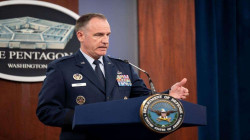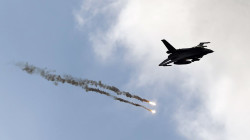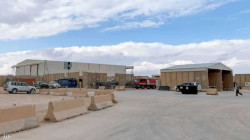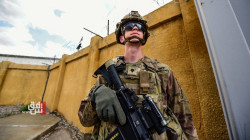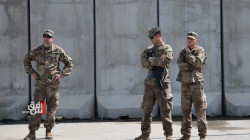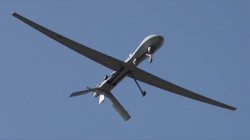FT: The ‘tinderbox’ Middle Eastern borderlands where US troops are under attack
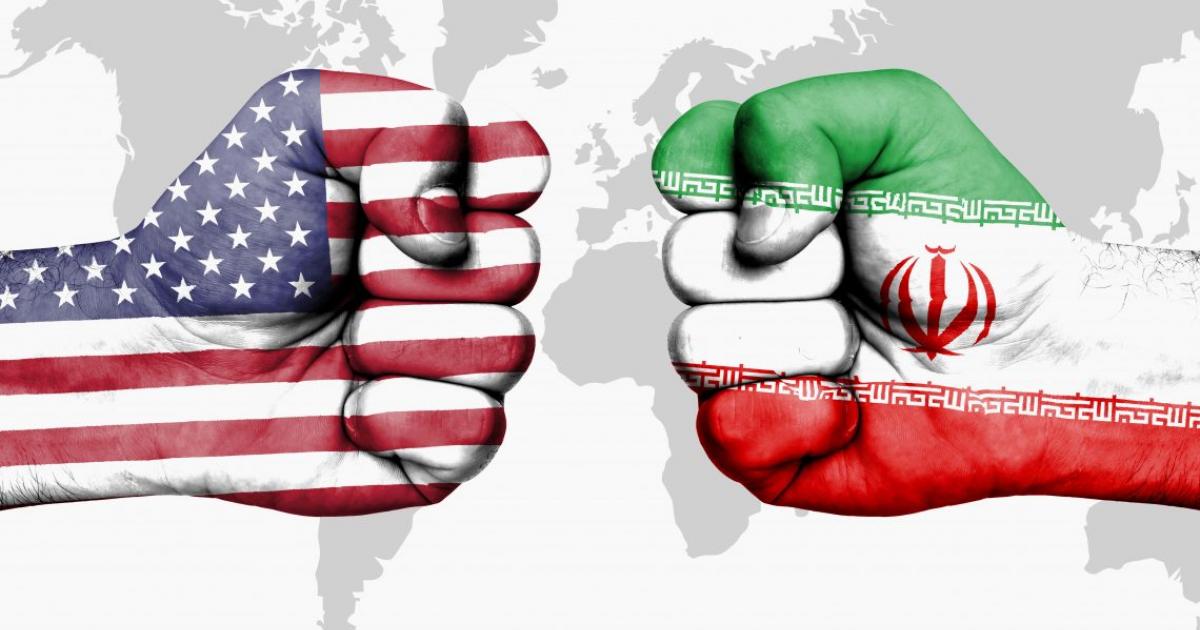
Shafaq News/ For years, Arab and western officials have kept a watchful eye over an arid tract of land in a remote corner of the Middle East, where US troops, Iran-linked militias and the remnants of Isis all operate.
Tehran-backed militants sit at checkpoints and makeshift bases along the Baghdad-Damascus highway, which they long ago seized — the centre of a highly prized smuggling network in the border triangle, used by militants and criminal gangs to smuggle drugs and weapons.
On Sunday, this corner between Jordan, Syria and Iraq became the latest flashpoint in the widening regional hostilities that have drawn the US back into combat.
A drone attack on a small US base in north-east Jordan known as Tower 22 killed three US soldiers and injured dozens more, becoming the first such assault to kill American troops since the Israel-Hamas war began. Washington blamed “radical Iran-backed militant groups” and vowed to hold those responsible to account.
“That area has long been a tinderbox,” said a senior western diplomat. “We’ve always been worried about US and Iranian forces getting into direct confrontation there, whether by accident or on purpose.”
The attack underlined the threat to US interests from Iran-backed militants and the challenge facing President Joe Biden in seeking to counter their attacks while avoiding being drawn into a full-blown regional war.
The US has about 3,000 troops across Jordan, a longtime ally. But American troops are at their most vulnerable in Iraq and Syria, where they are surrounded by hostile factions. As part of the US-led coalition fighting Isis, the US has maintained 2,500 troops in Iraq and 900 more in Syria, mostly in the Kurdish-controlled north-east.
Yet these countries, where the US has been engaged in tit-for-tat escalation with Tehran, are the most likely staging grounds for Biden’s retaliation. Syria is seen as the easier of the two in which to launch attacks, as the US does not maintain relations with Damascus, another ally of Iran.
Washington must tread more carefully in Iraq, which now presents the Biden administration with one of its most acute challenges in the region.
Twenty years on from its invasion of the country, US influence is waning in Iraq, overshadowed by Tehran, which now wields unrivalled influence over Baghdad’s ruling elite.
Since the 2020 assassination of Iran’s most powerful commander Qassem Soleimani, Tehran and its closest allies have vowed to push the Americans out of Iraq, turning the country into a hotbed of anti-US militancy.
While Iran publicly distanced itself from Sunday’s attack, there was little doubt that a group within its network of proxies was responsible.
A shadowy group known as the Islamic Resistance of Iraq has taken credit for more than 140 attacks on US troops in Iraq and Syria since October 17, including one earlier on the same day on al-Tanf base in Syria, about 20km from Tower 22.
Such Iran-backed militia groups have risen in Iraq to become powerful military and political forces with tens of thousands of fighters. Their influence rose significantly after they helped defeat Isis in Iraq, in parallel with the US-led coalition’s efforts, despite being firmly on opposing sides.
Some armed groups are now partially integrated into state institutions, their leaders holding positions within the governing coalition.
These tend to be older groups with political wings, patronage networks and a strong social base. They have a domestic agenda driven by political and economic interests, said Renad Mansour, director of Chatham House’s Iraq initiative.
Others, which are closer to Iran’s Revolutionary Guards and Lebanon’s Hizbollah militant group, “should be understood as transnational and are seemingly designed for this kind of regional war”, said Mansour.
“These resistance groups are not interested in national politics or governance. They see their role as part of a broader conflict against the US and Israel”, which they attack whenever US-Iran tensions flare up, he said.
Both groups have long opposed US troops’ presence in Iraq. That pressure recently triggered renewed talks between Washington and Baghdad about the future of the US-led coalition’s presence in the country. A first meeting took place the day before Sunday’s deadly attack.
But they are somewhat divided in their approach: the establishment groups are wary of turning Iraq into another pariah state like Iran, which would cut them off from international markets, diplomacy and their critical US dollar supply.
That line is being challenged by groups closer to Iran who want to eliminate the US presence in Iraq, guided by extreme factions in what Tehran calls the axis of resistance.
In the face of attacks by the Islamic Resistance of Iraq, US forces have retaliated with a handful of air strikes. One in Baghdad killed a senior commander in an Iran-aligned militia this month.
Washington faces a challenge in calibrating its next response, whether the killing of the US troops was deliberate or a miscalculation, said Rym Momtaz, consultant fellow at the IISS think-tank.
“The Biden administration’s retaliation cannot be along the lines of the tit-for-tat . . . over the past three months,” Momtaz said. “It now needs to restore escalation dominance and deter the ability of the Iran-backed armed groups in the region to attack US troops.”
Washington has also used financial levers to push Baghdad to help curb Iran’s sanctions evasion and funding for militancy; this week it imposed sanctions on the owner of Iraq’s Al-Huda Bank.
The Biden administration has been keen to wind down its troop presence in the Middle East. But reluctant to be seen as withdrawing under pressure from militant attacks, it has insisted that talks about its presence in Iraq were not related to the recent escalation.
However, the attack on Sunday crossed a red line and may force Washington to reassess, said the senior western diplomat.
“The last time a US contractor was killed in 2019, [former president Donald] Trump assassinated Qassem Soleimani.” There must be a robust response to Sunday’s strike, he said, “or Biden will be sending a message to Iran that it is weak and has been deterred.”
(The Financial Times)
